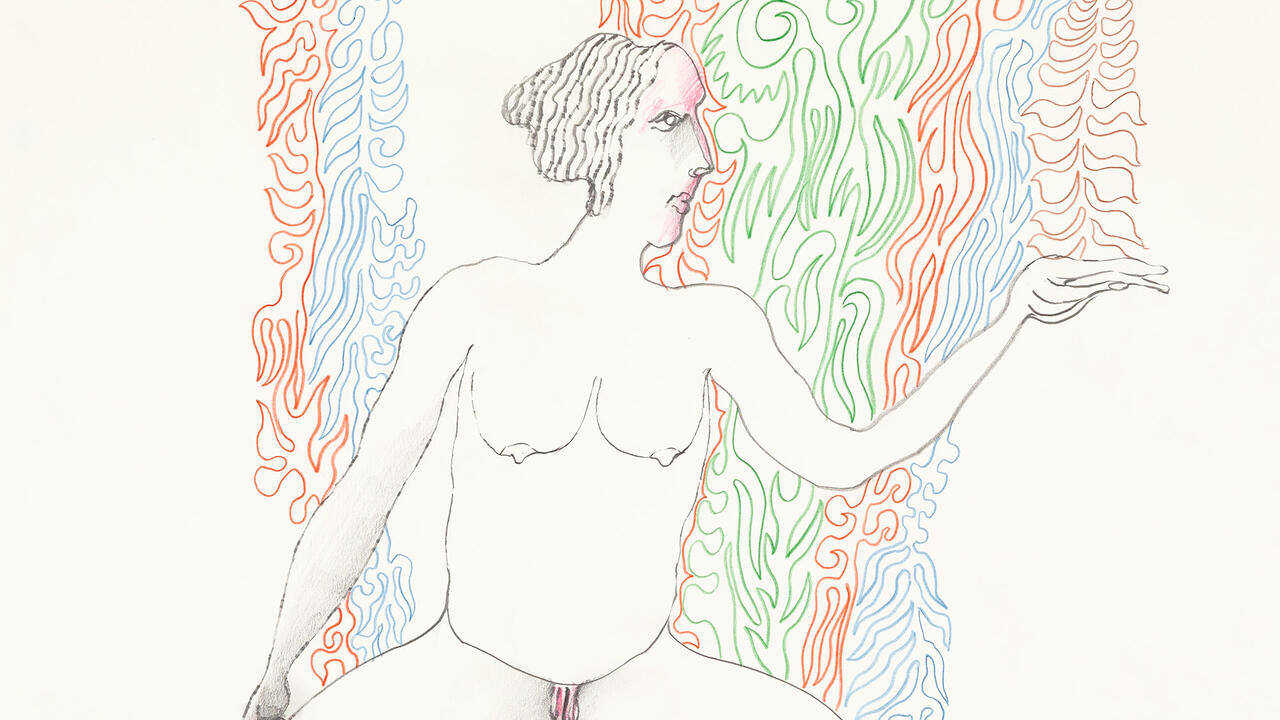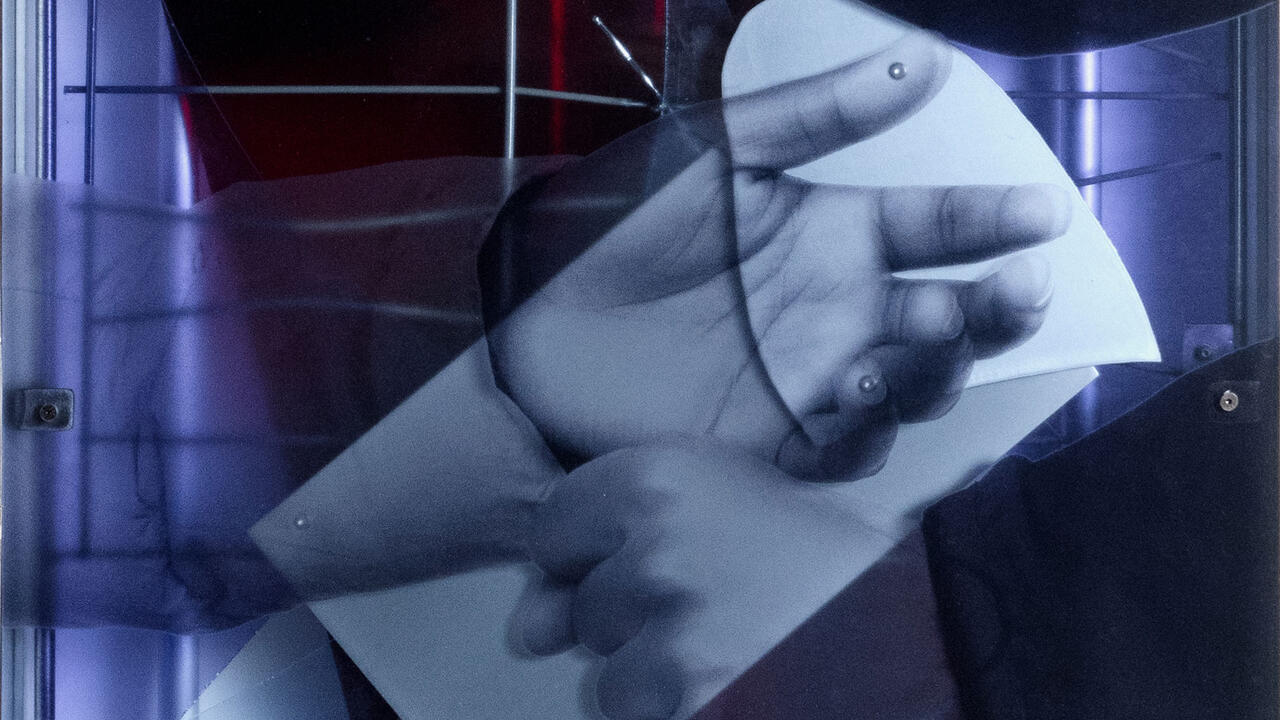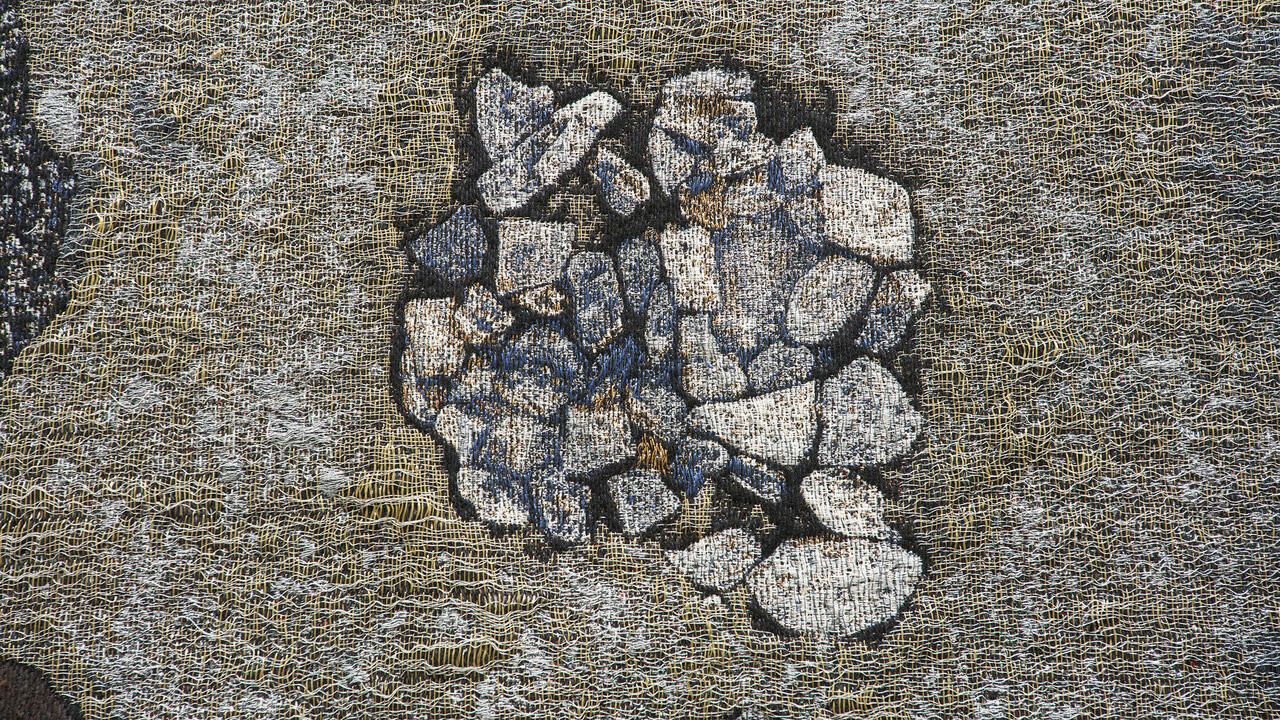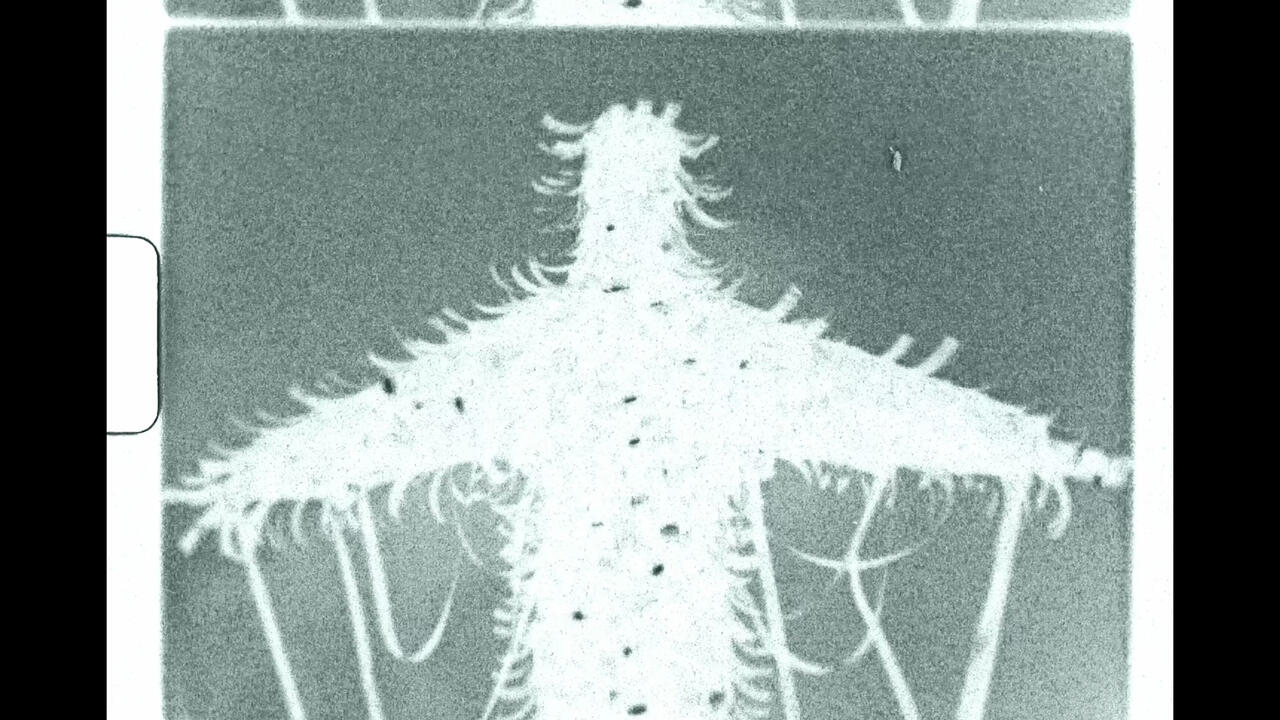Doug Aitken Travels the World
At Eva Presenhuber, Zurich, the artist’s solo exhibition takes viewers from the desert into the jungle via the ocean
At Eva Presenhuber, Zurich, the artist’s solo exhibition takes viewers from the desert into the jungle via the ocean

In Doug Aitken’s five-channel video installation Howl (all works 2023), oil derricks spot the rolling, sun-bleached hills of a desolate valley in central California while plywood boards shutter local stores. Interspersed within these depictions of wide-open spaces, residents provide soundbites on the circumstances of living in this dying town. They tell of their hopes for the area, its oil-boom history, their lives and the wider future. ‘I want to travel the world. I want to see everything,’ one young woman’s voice echoes as she performs for a local pageant. Far from the often-didactic and predestined narrative of a documentary, Aitken’s judgment-free and non-politicized witnessing softly opens itself to many of the optimisms and resignations of desolate, small town American life – from the people who continue to make a living off the land to the children who have to avoid ‘druggies’ on their way home from school to those who dream of leaving. It’s an affecting work, not least because it centres on a rural segment of the population not traditionally depicted or discussed – past cheap caricatures – in contemporary art and life.

Aitken has, for some time, been enamoured with inserting his work into nature. His popular Mirage (2017), a mirrored sculpture of a ranch-style home, had long-term installations in the desert expanses of the Coachella Valley, as well as in the Swiss Alps. That project is strongly nodded to in another of the three rooms in this exhibition. Hung against full-bleed wallpapers of arid landscapes, Three Circles and a grouping from the series ‘Terra’, which share eerie genetics with Sarah Sze’s Fallen Sky (2021), are polished stainless steel wall hangings that reflect and refract the viewer and the artificial scenes around them. By playing with and distorting the viewer, Aitken evokes Instagram and TikTok but, unlike these platforms, he harnesses reflection as a way of disappearance, mirroring the viewer while scattering and dismantling them. In this artificial landscape, the viewer is overwhelmed and nearly deleted.

The third room is again covered with wallpaper, this time depicting oceans and jungles – a lushness withheld elsewhere in the exhibition. Lightboxes, of the kind Aitken has made for decades, hang on each wall. Natural imagery fills these graphic textual works, which spell out their titles, such as UNREAL or CONTACT. Reminiscent of commercial window displays (Hollister comes to mind), these two rooms, with their upbeat and passive tourism of the natural world, traffic in lifestyle. And, indeed, Mirage wasn’t installed in some remote natural environment, like Nancy Holt’s Sun Tunnels (1973–76) in Utah, but in the ritzy second-home enclaves near Gstaad and Palm Springs – natural expanses protected through wealth for the enjoyment of the wealthy.
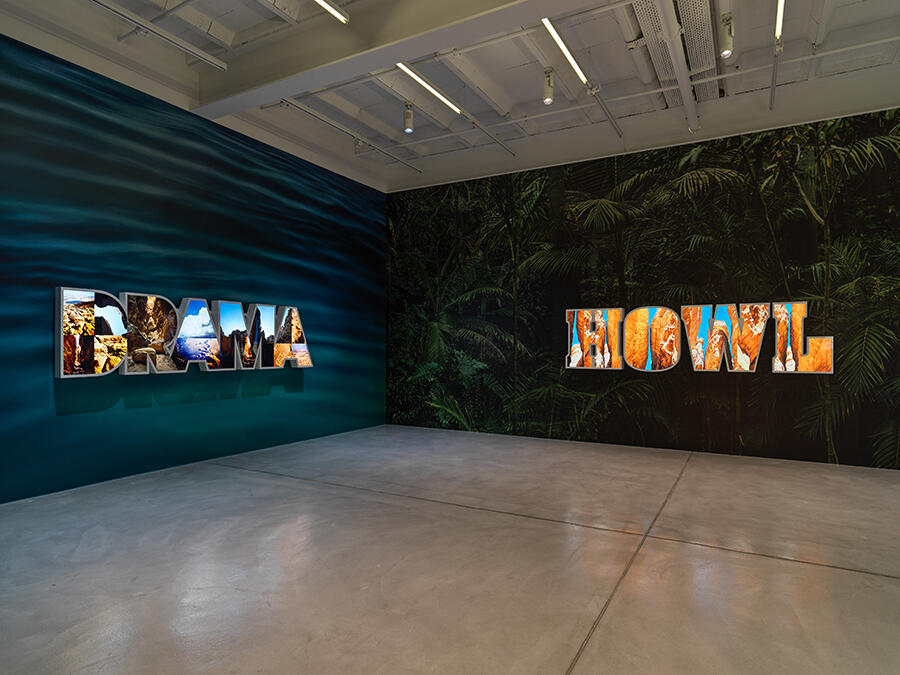
All this creates an unsettling connection to Aitken’s video, with its awed depictions of the open desert alongside heartbreaking staccato vocal rhythms that, at times, connect directly to the opium and housing crises. The video, in its non-hierarchical examination, seems aware that the circumstances of the land and people are braided together. But, while some of the residents of Taft dream of escaping their empty Californian valley, which has a poverty rate above 30 percent, many of those partaking in this exhibition likely covet the locations depicted as an escape from city life. Ultimately, ‘Howl’ trades in an uncomfortable truth: a rural paradise lost is only sublime if you have the means to come and go as you please.
Doug Aiken’s ‘Howl’ is on view at Eva Presenhuber, Zurich, until 22 July.
Main image: Doug Aitken, Howl, 2023, installation view. Courtesy: the artist and Galerie Eva Presenhuber, Zurich / Vienna; photograph: Stefan Altenburger Photography













